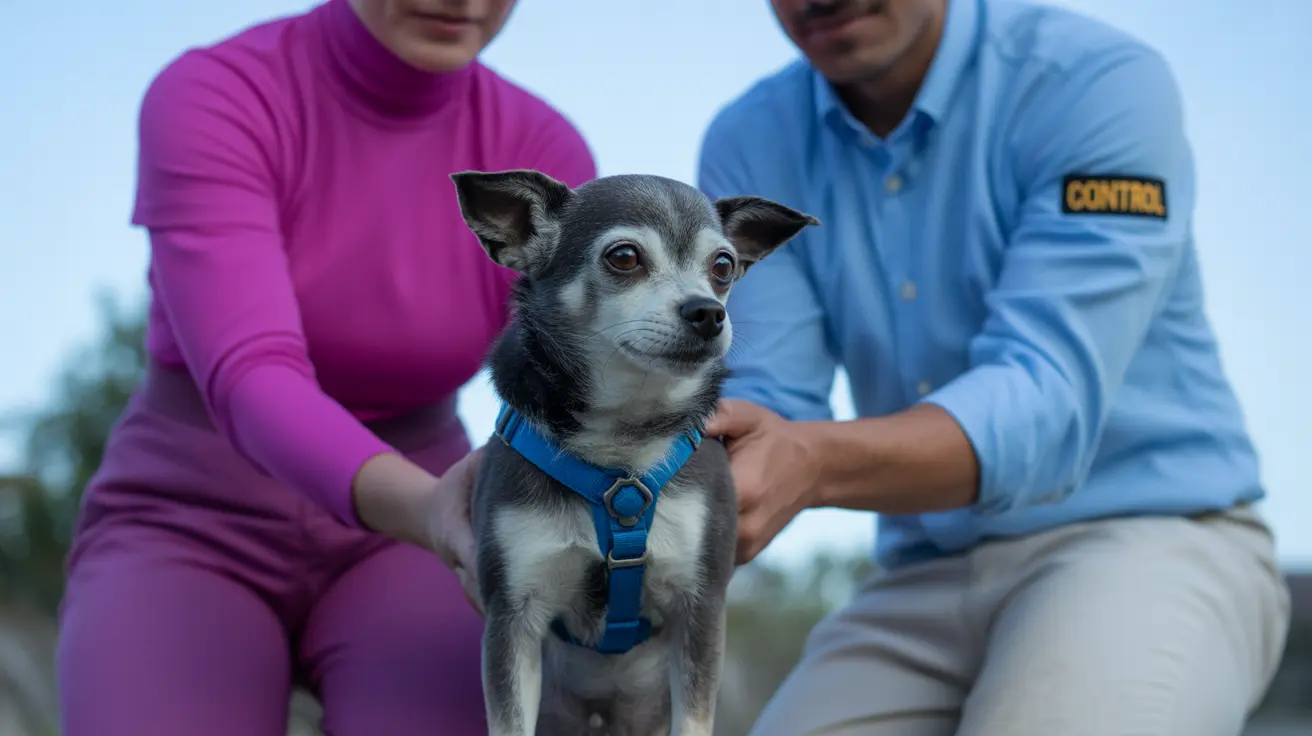The Most Dangerous Food You Should Never Feed Your Dog
Dogs are cherished members of the family, and it's natural for pet owners to want to share some of their favorite foods with them. However, not all human foods are safe for canine consumption. Among the many hazardous food items, onions and garlic stand out as the number one food group that dogs should never eat under any circumstances.
Why Onions and Garlic Are So Harmful
Onions, garlic, leeks, shallots, and chives all belong to the Allium family, and they contain compounds called thiosulfates, which are toxic to dogs. These substances can lead to the destruction of red blood cells, resulting in a condition known as hemolytic anemia.
- Thiosulfates can build up over time, meaning even small amounts repeated over a few days may be harmful.
- Symptoms of poisoning include lethargy, vomiting, diarrhea, abdominal pain, and pale gums.
- Onions and garlic can be toxic in all forms—raw, cooked, powdered, or dehydrated.
Even Seasonings Pose a Threat
Many people overlook the hidden dangers in spices and cooking ingredients. Onion and garlic powders, often found in seasoned meats, sauces, or snack foods, are highly concentrated and even more potent than their fresh counterparts. A small amount of garlic powder can be enough to cause poisoning in dogs.
How Quickly Can Symptoms Appear?
Clinical signs of onion or garlic poisoning usually appear within one to five days after consumption. It depends on the amount ingested and the size of the dog. Small dogs and puppies are especially at risk.
What To Do If Your Dog Eats Garlic or Onion
- Contact your veterinarian immediately.
- Do not attempt to induce vomiting unless instructed.
- If caught early, treatment may include inducing vomiting, administering activated charcoal, and providing supportive care like IV fluids.
- Blood tests may be necessary to evaluate the number of red blood cells and assess the severity of anemia.
Other Foods Commonly Mistaken as Safe
While onions and garlic top the list, there are several other foods dog owners should avoid to protect their pets:
- Chocolate – Contains theobromine, toxic to dogs.
- Grapes and raisins – Can cause kidney failure.
- Macadamia nuts – Lead to weakness and vomiting.
- Xylitol – An artificial sweetener found in gum and baked goods that can cause insulin release and liver failure.
- Alcohol – Leads to intoxication, metabolic acidosis, and even coma.
Safe Treat Alternatives—Zucchini Among Them
Fortunately, many vegetables are safe and even beneficial for dogs. One excellent example is zucchini. This summer squash is low in calories, high in fiber, and contains plenty of water and nutrients like vitamins A, C, K, folate, and potassium.
- Dogs can eat zucchini raw or cooked, but without oils, butter, salt, or spices.
- Chop into small, bite-sized pieces to avoid choking hazards, especially for smaller dogs.
- Introduce zucchini gradually to assess for any digestive issues or allergies.
- Make sure the dog doesn’t consume any harmful garden plants along with safe vegetables.
Moderation Is Key
Just like any treat, zucchini should make up no more than 10% of a dog’s daily caloric intake. Feeding too much zucchini—especially raw—can cause gastrointestinal upset like gas, vomiting, or diarrhea due to its fiber content.
Other Safe and Nutritious Vegetables
- Broccoli
- Carrots
- Cauliflower
- Lettuce
- Spinach
- Celery
- Green beans
- Peas
- Cucumbers
- Sweet potatoes
- Tomatoes (in moderation and without leaves or stems)
Avoid giving dogs vegetables from the Allium family, such as:
- Onions
- Garlic
- Chives
- Shallots
Conclusion
While sharing food with your pet may seem like an act of love, unknowingly offering them toxic items could lead to serious health issues. The number one food you should never feed your dog is anything containing onions or garlic. Always read labels and consult your veterinarian before introducing new foods to your dog's diet.





